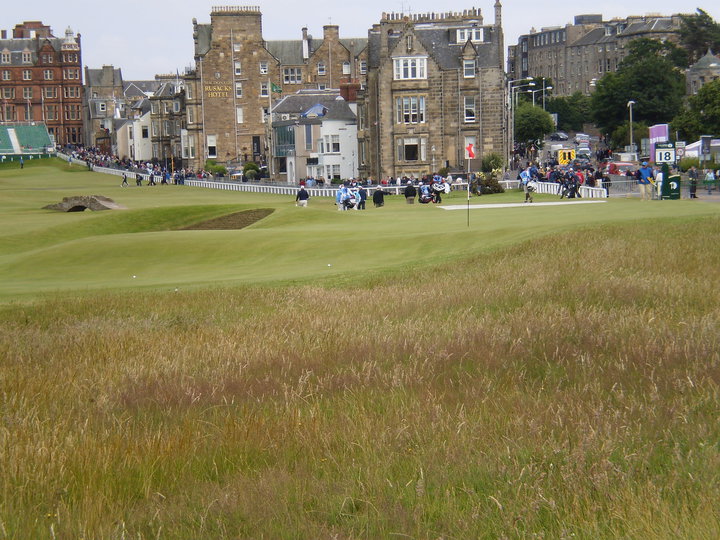Confessions of a Hacker – Dusting Off Cobwebs
Every club golfers goes through it – some combination of work and other life commitments, travel, sickness, injury or just brutal weather consigns you to a number of weeks away from the links. Upon your return, things aren’t always quite where you thought you had left them. Whether you describe it as a bit of rust, the forming of cobwebs or whatever analogy you see fit to slide in here, the gap between your ‘first round in a month’ form and the more typical product can be quite vast.
Failing to regularly practice new and improved habits (not to mention the abolition of old, bad ones!) leads the good work of previous weeks to fall into disrepair. This is as true of golf as it is many other life activities – the whole issue of ‘muscle memory’ becomes central to creating and maintaining an improved swing. It is also particularly true of anyone who has been trying to institute swing changes this year…. you know, people like me.
My three worst old swing habits all sprung back to life on the weekend. I cleared my hips way too early on the downswing many a time, which led to a (related) second problem of lifting my head before the point of impact…. generally followed within a second or two by unmitigated disgust at the path my ball was taking.
Problem number three was also in abundance. It can be described as ‘coming over the top’, whereby the swing path cuts across the ball from outside-to-inside and looks more like how you’d hit a slice spin shot in tennis. This results in either a whopping slice if the clubhead is square to the target, or a violent pull-hook if the club turns to follow the new swing line. Sadly, I hit a number of both over the course of the weekend. Suffice to say, neither my Saturday nor Sunday rounds did the handicap any favours.
The mode of repair for such problems is simple to note but often hard work in reality – it involves buckets of balls at the driving range, possibly under the supervision of a teaching pro. There are no magic puddings in sight here.
Another aspect of the game where mechanics may not be as important but muscle memory certainly is comes in the form of your short game. Try hitting a half or three-quarter wedge the right distance first go after a month off and you’ll see what I mean.
The short game centres primarily around feel and touch, which requires that you keep a clear picture in your brain of how hard to swing for a deft lob over a bunker, how hard to hit that 20-metre bump and run with an 8-iron, how to lag a 50-footer the right distance, and so on. There’s a good reason that the pros practice their game for hours a day, almost every day – they need their muscle memory to be immensely precise in an ‘on demand’ fashion, particularly with their wedges and putter.
Most club golfers have ‘nuances’ in their swing that may takes months or even years of ironing out for little payoff. However, the improvement may often be far more marked if they can fashion a reliable standard pitch shot, a low bump and run chip, a high/ soft lob and a way to get it in the hole consistently with the flat stick. Turning three (or more) shots around the green into two is one of the quickest ways to lower your scores.
If your game fails to receive sufficient attention, your scores will suffer the consequences. It shouldn’t come as any surprise then that before my next round, both the driving range and chipping green will be paid a visit.

